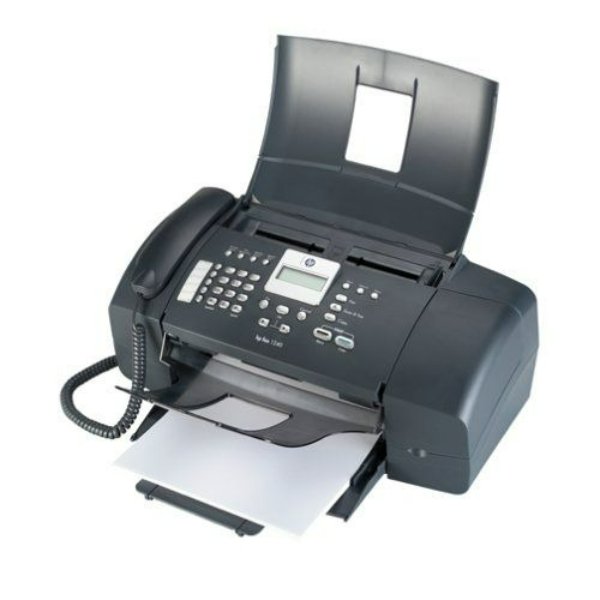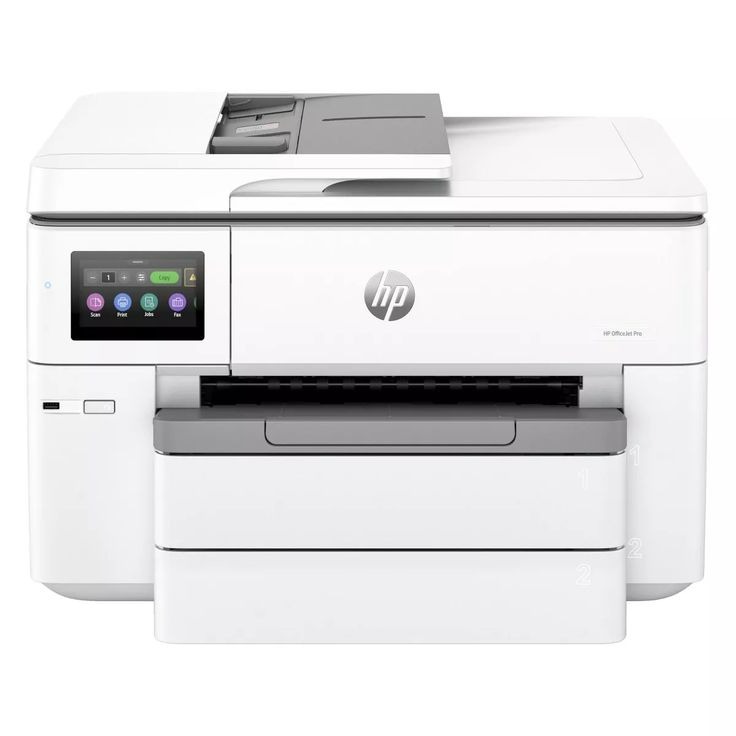Early Concepts and Inventions
The invention of the fax machine represents a pivotal moment in the history of communication technology. Over the years, it has evolved from a novel innovation into an essential business tool, shaping how we share information today. This article will explore the origins of the fax machine, the key figures behind its invention, how it transformed communication, and its relevance in the modern world. By understanding the history of the fax machine, we not only recognize its significance but also appreciate the innovation that continues to drive communication technology forward.
The Pantelegraph: Pioneering the Idea
Before delving into the history of its invention, it’s essential to grasp the fundamental concept of the fax machine. The Pantelegraph was an early form of fax machine. Invented by Italian physicist Giovanni Caselli, it was the first device capable of transmitting images over wires. Using synchronised pendulums, it sent images between Paris and Lyon. This invention paved the way for future developments in fax technology.
Alexander Bain’s Early Fax Machine Design
Alexander Bain, a Scottish inventor, created the first true fax machine in 1843. He got a patent for ‘improvements in producing and regulating electric currents and improvements in timepieces, and in electric printing, and signal telegraphs.’ Bain’s design used clock mechanisms to synchronise the movement of two pendulums for scanning a message line by line. His work on image transmission became a cornerstone for others to improve upon. Although his invention saw limited practical use, it was vital in setting the foundation for who invented the fax machine and its evolution.

Refinement and Development
The evolution of the fax machine was a period marked by significant refinement and development. Inventors and engineers built upon the early concepts to enhance the technology’s reliability and practical applications. This led to notable milestones in the journey of fax technology, shaping the way individuals and businesses communicate over long distances.
Shelford Bidwell’s Contributions
Shelford Bidwell made substantial advancements in fax technology. In 1881, he introduced the ‘Telephotography,’ which was an early form of fax machine that could transmit images without the need for manual scanning. Bidwell’s invention used selenium cells that changed their electrical resistance when exposed to light. This allowed for a more automated and accurate reproduction of documents and images which was a leap forward from previous technologies.
Elisha Gray and the Telautograph
Another key figure in the history of who invented the fax machine is Elisha Gray, an American electrical engineer. In 1888, Gray developed the telautograph, a device that permitted the remote transmission of handwriting through telegraph systems. The remarkable aspect of Gray’s device was its ability to replicate signatures and drawings, expanding the fax technology’s uses. It laid the groundwork for the machines that would later become essential tools in modern offices worldwide.
Commercialization and Integration
The journey of who invented the fax machine did not stop with the device’s inception. It reached a critical turning point when the fax machine transitioned from a set of experiments to a commercially viable product. This phase marked the true integration of fax technology into the fabric of society.
The Role of Richard H. Ranger and the Radiofax
Richard H. Ranger, an inventor, took fax technology to new heights. In 1924, he developed the Radiofax, also known as the wireless photoradio. This innovation allowed pictures to be transmitted via radio waves. It was a breakthrough that led to the fax machine’s use in news and weather forecasting agencies. Pictures and maps could now be sent across vast distances without the need for wire connections.
Western Union’s Deskfax
Western Union played a pivotal role in the fax machine’s history with the introduction of the Deskfax system. Launched in the late 1940s, it allowed businesses to send faxes directly from their desks. It combined the ease of a telephone with the detail of a printed document. The Deskfax system symbolized a leap forward in business communication, showing the world the untapped potential of fax technology in an office setting.

The Golden Age of Fax Machines
The 1970s and 1980s marked the golden age of fax machines. During this period, fax technology saw widespread adoption in the business world. It changed the way companies operated on a day-to-day basis. No longer did businesses solely rely on postal services for document exchange. The fax machine offered a more rapid and reliable alternative. Businesses could now send and receive documents within minutes, regardless of distance. This shift greatly enhanced efficiency and communication speed, laying the groundwork for the kind of instant communication we take for granted today.
Rapid Expansion in Business Communication
The rapid expansion in business communication during the golden age was impressive. Fax machines began to appear in offices around the world. They became a symbol of modern business practices. Sales, legal, and healthcare sectors, among others, saw the fax machine as essential. The device improved the sharing of contracts, orders, and patient records. It saved time and costs associated with traditional mail. Innovations in fax technology made it easier to use and more affordable, fueling its expansion. This era truly displayed the impact of who invented the fax machine and how their creation revolutionized business communication.
The Fax Machine in the Digital Age
Despite its heyday in the 20th century, the fax machine has faced significant changes in the digital age. Advances in technology have revolutionized the way we share information, leading to new forms of communication.
Transition to Email and Online Communication
The advent of email and online communication platforms marked a notable shift from fax technology. These digital tools offered faster and more efficient ways to exchange information. Email became the new standard, offering instant delivery and accessible storage. Online communication platforms integrated multimedia and instant messaging features. Together, they reduced the reliance on traditional fax machines.
The Current Role of Fax in Modern Business
Yet, fax machines have not vanished from the modern business landscape. They still hold value in sectors where legal documents need secure transmission. Many businesses continue to trust fax for its directness and established legal standing. The technology persists, especially in healthcare, legal, and financial industries. Today, fax serves a niche but a crucial role in secure document handling.

Innovations and Modern Fax Technology
Despite the rise of digital communication, fax technology continues to evolve. Today’s innovations reflect a blend of traditional faxing principles and modern digital convenience.
Internet Faxing Services
Internet faxing services represent a significant shift in how fax technology is used. Unlike traditional machines, internet faxing, sometimes called e-faxing, allows users to send and receive faxes using their email accounts. Businesses and individuals can send faxes from anywhere—no need for a physical fax machine. This blend of old and new technology caters to those who need the legal reliability of faxes with the convenience of email.
Advancements in Secure Document Transmission
The need for secure document transmission has never been higher. As threats to digital security increase, modern fax technology has adapted. Today’s fax machines and Internet faxing services offer enhanced encryption and secure connections. These advancements ensure that sensitive information remains protected during transmission. Industries like healthcare, finance, and law particularly benefit from these secure methods, reaffirming who invented the fax machine’s lasting impact on secure communication.